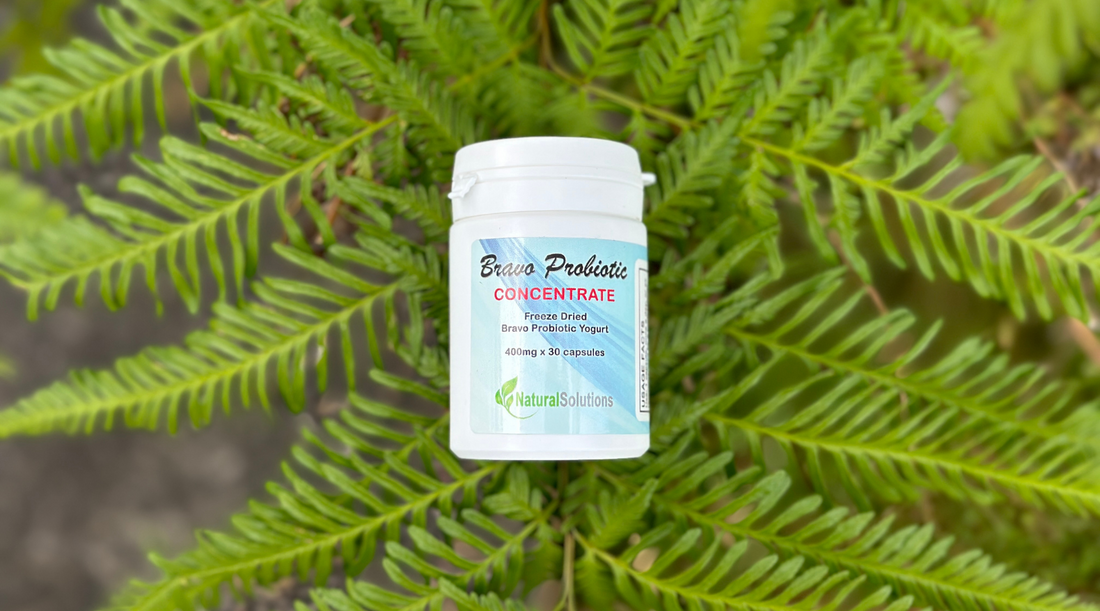At Natural Solutions, we pride ourselves on our commitment to delivering high-quality, scientifically-backed solutions to our customers. One claim from one of our most popular range, Bravo has sparked curiosity and inquiry among our customers is "300+ Probiotic Strains" in each product.
Understanding the importance of providing clarity and insight into our formulations, we have invited the distinguished Dr. Marco Ruggiero to delve into the intricacies of this claim. Dr. Ruggiero, a prominent figure in the field of microbiology and immunology, brings forth a wealth of knowledge and expertise to dissect and explain the significance behind the "300+ Probiotic Strains" descriptor.
Bravo and It's Extreme Biodiversity
The extreme biodiversity that you correctly claim in your website is a proven scientific fact that derives from the complexity of the kefir grains that are present in Bravo. In 2019 and 2020, our Bravo products were analyzed by an independent laboratoryin the world for the study of the microbiome; they used a novel technique based on DNA that is called Axiom Microbiome Array. Using this technique, they were able to identify more than 400 DNAs each corresponding either to a different strain (or substrain), or to phages (friendly viruses) and plasmids (DNA elements that the microbes use for communication). The long list of bacteria, phages and plasmids that are present in Bravo was published in two peer-reviewed articles [1, 2]. In the article on phages, the properties of the most notable ones are described; they range from anti-cancer to anti-viral, and detoxifying properties and these are properties that contribute to the health-supporting effects of Bravo. In the article on phages, we also report the amount of GcMAF activity against nagalase. Such GcMAF activity was determined by another independent laboratory, R.E.D Laboratories of Belgium. It was found that Bravo has 100 times more GcMAF activity than the injectable GcMAF that was taken as reference.
For obvious practical reasons, it is impossible to write the long list of hundreds of strains on the label of a commercial product. However, since the majority of the strains detected by the Axiom Microbiome Array is present in the Bravo kefir grains, according to current regulations it is sufficient to comprehend them under the caption "cultured kefir grains". On our website we specify that the cultured kefir grains give the widest microbiome biodiversity, and then we describe the enteric-coated bacteria and the seven strains of bifidobacteria listed on the label.
In short, the hundreds of strains, phages and plasmids that make Bravo so unique are for the most part present in the cultured kefir grains and the list of all these strains is available in the two peer-reviewed articles mentioned above.
Marco Ruggiero

